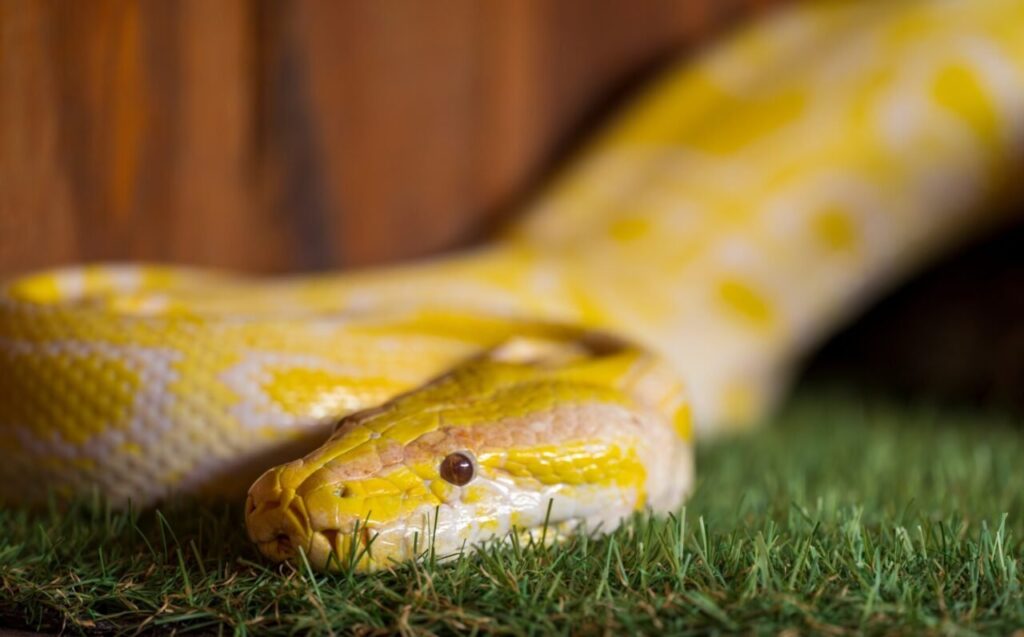
Scientists have made significant strides in understanding the composition of reptilian urine, particularly the formation of crystals. A research team led by crystallographer Jennifer Swift from Georgetown University published their findings in the Journal of the American Chemical Society on March 15, 2024. This groundbreaking study reveals how reptiles excrete nitrogen in the form of solid uric acid, offering insights into both evolutionary advantages and potential implications for human health.
Decoding the Mystery of Urine Crystals
The inquiry began with a peculiar observation from herpetologist Gordon Schuett, who noticed a fascinating variety in the urine crystals produced by different reptile species in his care. Despite providing the same diet and hydration, the resulting crystals varied dramatically in texture. Some would harden into rock-like formations, while others resembled fine dust. Swift, intrigued by Schuett’s observations, agreed to examine samples to determine the cause of this discrepancy.
Her previous research had focused on the accumulation of uric acid crystals in humans, which can lead to health issues like gout and kidney stones. In contrast, reptiles and birds, both descendants of dinosaurs, excrete nitrogen as solid uric acid rather than urea, which allows them to conserve water—an essential adaptation for survival in arid environments.
Revolutionary Findings on Nitrogen Excretion
To unravel the molecular mechanisms behind the formation of urine crystals, Swift and her team employed various analytical techniques, including X-ray diffraction and high-resolution microscopy. Their study encompassed samples from over 20 reptile species, primarily focusing on snakes.
The results unveiled a sophisticated method by which reptiles handle nitrogen waste. They produce tiny spheres of uric acid nanocrystals. Some species excrete these microspheres directly, while others utilize a process of “recycling” the crystals. This recycling involves reacting the crystals with liquid ammonia—a toxic substance. The transformed product is much less harmful and is excreted as dust that disperses easily in the environment.
According to Swift, this mechanism suggests that uric acid could play a protective role for these reptiles. Although it remains a leap to directly correlate these findings with human health, the research indicates a need for further exploration of uric acid’s biological functions. Swift noted, “Too much is a problem. Eliminating it completely is not an option.”
The implications of this research extend beyond reptiles. It emphasizes the importance of studying nature’s evolutionary processes to address complex biological issues. Swift remarked on the value of biomimetic approaches, stating, “Millions of years of evolutionary history have allowed things to thrive in ways that we might not normally think of.”
This study not only sheds light on the unique adaptations of reptiles but also opens the door for future research that could lead to improved understanding of nitrogen excretion in humans.







